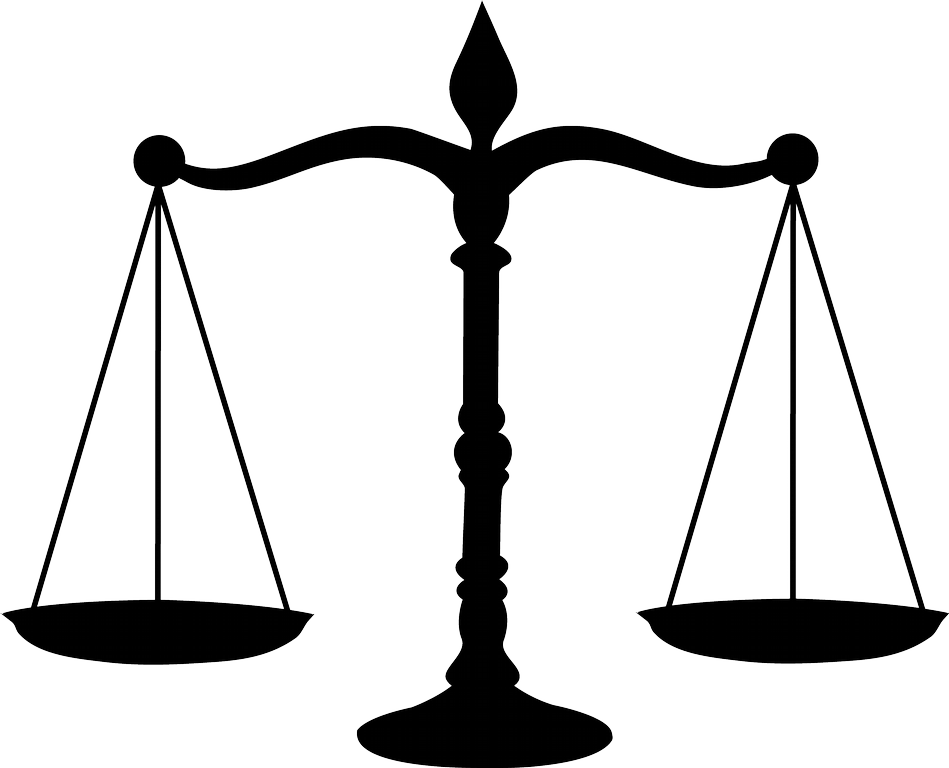Bankruptcy
Bankruptcy in the United States is governed by the U.S. Bankruptcy Code.Different types of bankruptcy filings are governed by specificsections of the Bankruptcy Code. The types of bankruptcies are: (i)reorganization under Chapter 11 for corporations and individuals,(ii) liquidation under Chapter 7 for corporations and individuals,(iii) Chapter 13 for individuals, and (iv) Chapter 9 for municipalities. Another type of bankruptcy proceeding in the United States are proceedings under Chapter 15 of the Bankruptcy Code, whichallows foreign companies, with assets located in the United States,to seek an injunction of all proceedings that would take their assets from them.
Bankruptcy can be considered a special proceeding, with the creation of aspecial set of courts and judges handling these cases. Corporations,municipalities and individuals who seek protection under the Code aregiven so-called "fresh start" by reorganizing their businesses and finances and ranking their creditors by order of priority. The goal of the Code is to allow a debtor to emerge from bankruptcy with a better business structure, or, in the case ofindividuals, a plan for a better management of finances. Bankruptcy is not adversarial in nature, although adversary proceedings may arise from issues relating to bankruptcy.
Lenders, who are often big banks and financial institutions, are firstpriority in the rank of creditors in bankruptcy proceedings. There are also numerous "small" creditors who need a strong voiceto represent them in bankruptcy proceedings. These small creditorsusually include workers who lost their jobs as a result of a debtor'sfinancial difficulty or who are on the verge of losing their jobswhen a debtor decides to halt their operations. The recent decline inoil prices resulted to the bankruptcy filings of numerous oil and gas companies, resulting to the retrenchment of hundreds of workers. Workers file claims for unpaid wages and benefits and retirees.Workers also seek compensation for damages arising from death orpersonal injury as a result of exposure to toxic minerals orchemicals used by bankrupt companies in the operation of their business. Moreover, small creditors include retirees, whose benefitsare often cut or terminated within the course of the bankruptcy proceeding as a cost-saving strategy for the ailing debtor. Retirees,old but have contributed significantly to the company, join the ranksof lenders to seek to have their benefits reinstated and continued.If not represented by a bankruptcy specialist, these small creditors may find their voices lost among the big corporate lenders.
Divorce,illness, student loan debt, and unpaid mortgages are some of thecommon reasons why individuals seek bankruptcy protection, either under Chapter 11 or Chapter 13. When the individual's bankruptcy proceeding is caused by divorce, the individual debtor needs expert representation by a bankruptcy attorney who is not just knowledgeableof the bankruptcy law but also of divorce law, child support andchild custody. In instances when an individual seeks bankruptcy proceeding as a result of staggering student loan debt or unpaid mortgage, the debtor's attorney also need to match the skills of attorneys representing the student loan provider or the mortgagee, which are often big companies equipped with a legal team ready to quash a creditor.

